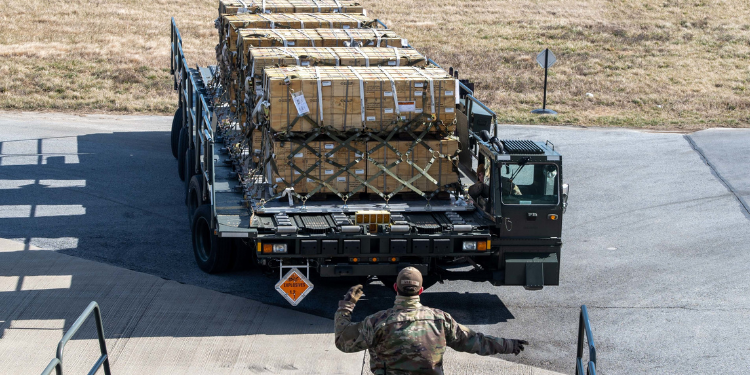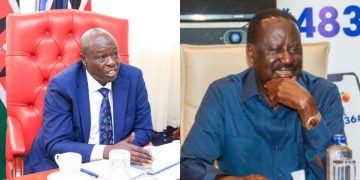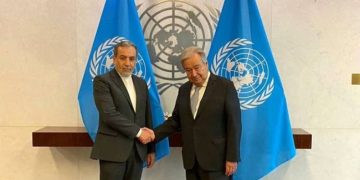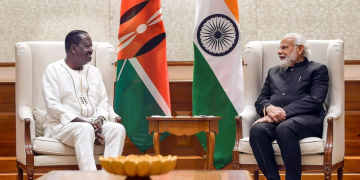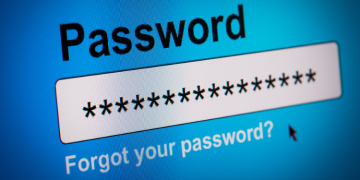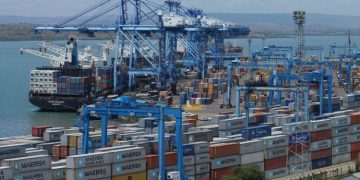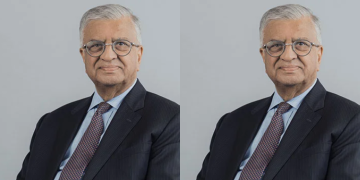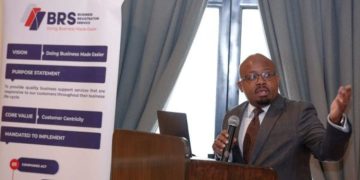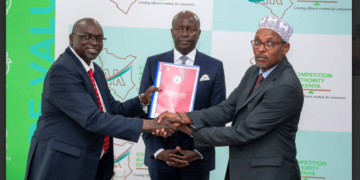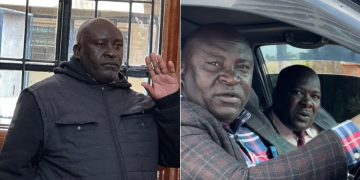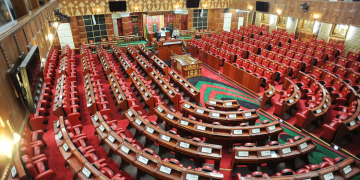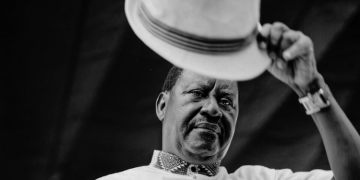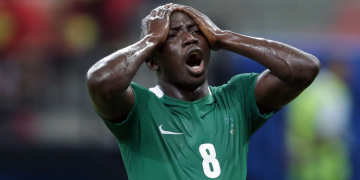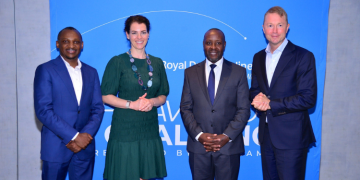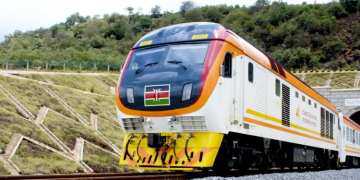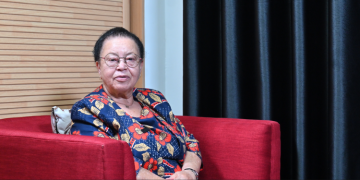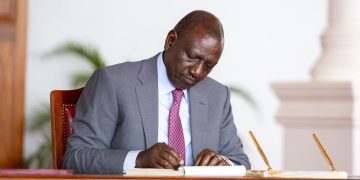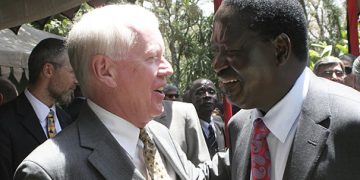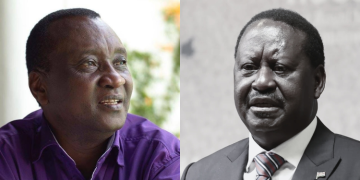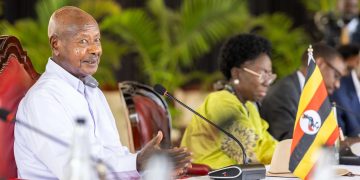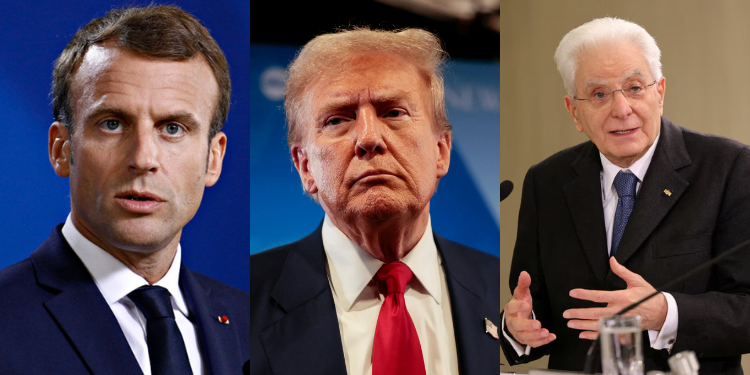France and Italy, key NATO members, have reportedly opted out of a new initiative where NATO would purchase U.S. advanced weapons, including air defence systems, for Ukraine.
This plan was unveiled on July 14, 2025, during a meeting between U.S. President Donald Trump and NATO Secretary General Mark Rutte.
While other countries like the U.K., Netherlands, Germany, and several Nordic nations are participating, France and Italy’s decision has raised eyebrows due to their past support for Ukraine.
The deal has been framed as a significant step in NATO’s support for Ukraine, building on previous efforts since Russia’s invasion in 2022.
France and Italy’s US-NATO Hesitation
France’s Position
France’s decision is driven by a strategic push to strengthen European defence industries and budget constraints.
Also Read: Special Mahatma Gandhi Oil Portrait Sold for Over Ksh23 Million
Despite opting out of the US-NATO weapons deal, France maintains its long-standing support for Ukraine, as noted in reports stressing its rising defence spending targets, with plans to reach Ksh74.4 million by 2027, three years earlier than planned.
France is also facing budgetary pressures and rising defense spending targets, which contributed to its decision.
France’s emphasis on supporting its own defense sector reflects a broader trend toward economic nationalism and strategic autonomy in Europe.
Italy’s Stance
Italy’s US-NATO weapons deal refusal is attributed to fiscal limitations and a focus on different technological systems, such as the SAMP/T air defence system, which it has already supplied to Ukraine.
Reports from La Stampa highlight that Italy lacks the budgetary capacity for such an operation, unlike Germany.
Italy, under Prime Minister Giorgia Meloni, has explicitly stated that this decision is not a lack of support, with Italy still assessing a NATO request for logistical transport support, indicating continued engagement in other forms.
Broader Implications
The refusal highlights growing divisions within NATO over how to support Ukraine, with some members backing aggressive military aid, others more cautious, preferring diplomatic or economic measures.
The U.S. is pushing a model where Europe pays for American weapons, which may be seen as self-serving, potentially eroding trust and solidarity within the alliance.
Without full European buy-in, Ukraine may face delays in receiving critical air defense systems and other advanced weaponry.
The decision by France and Italy could leave Ukraine more exposed to Russian missile and drone attacks, especially as Russia intensifies its offensive operations.
Countries like France and Italy are grappling with inflation, rising debt, and domestic political pressures, making large-scale foreign military spending unpopular.
If more European countries follow France and Italy’s lead, it could signal a shift away from U.S.-led security initiatives.
This may accelerate efforts to build a more independent European defense identity, possibly through the EU or regional coalitions.
Some NATO members are advocating for using seized Russian funds to finance Ukraine’s defense, which could become a more politically viable alternative.
Other nations’ participation
Commenting on the US-NATO weapons funding plan, Polish Foreign Minister Radoslaw Sikorski argued that the cost of arming Ukraine should not fall on European taxpayers but be covered by Russia’s frozen assets instead.
“I asked my fellow foreign ministers: Who should pay for American equipment? Should it be European taxpayers, or, in my opinion, should the aggressor pay for it using its frozen funds?” Sikorski said after a meeting of EU foreign ministers.
The involvement of Russia’s frozen assets, as suggested by Poland, could also become a point of negotiation, affecting how costs are shared.
Germany, a key driver of the initiative to supply more weapons to Ukraine, plans to purchase and transfer at least two Patriot air defense systems to Ukraine.
The United Nations, also a strong supporter of Ukraine since the war began, has participated in the weapons-purchasing scheme and coordinated with NATO on logistics.
Denmark has also come out as a vocal supporter, willing to fund the purchase of Patriot systems, even though it doesn’t own any itself.
Newly joined NATO member Sweden has confirmed participation in the joint effort to deliver weapons, including Patriots.
Norway plans to acquire and transfer at least one Patriot system to Ukraine, with Finland listed among countries ready to participate in the weapons scheme.
Other vocal supporters of the initiative include Canada and the Netherlands.
Follow our WhatsApp Channel and X Account for real-time news updates.
